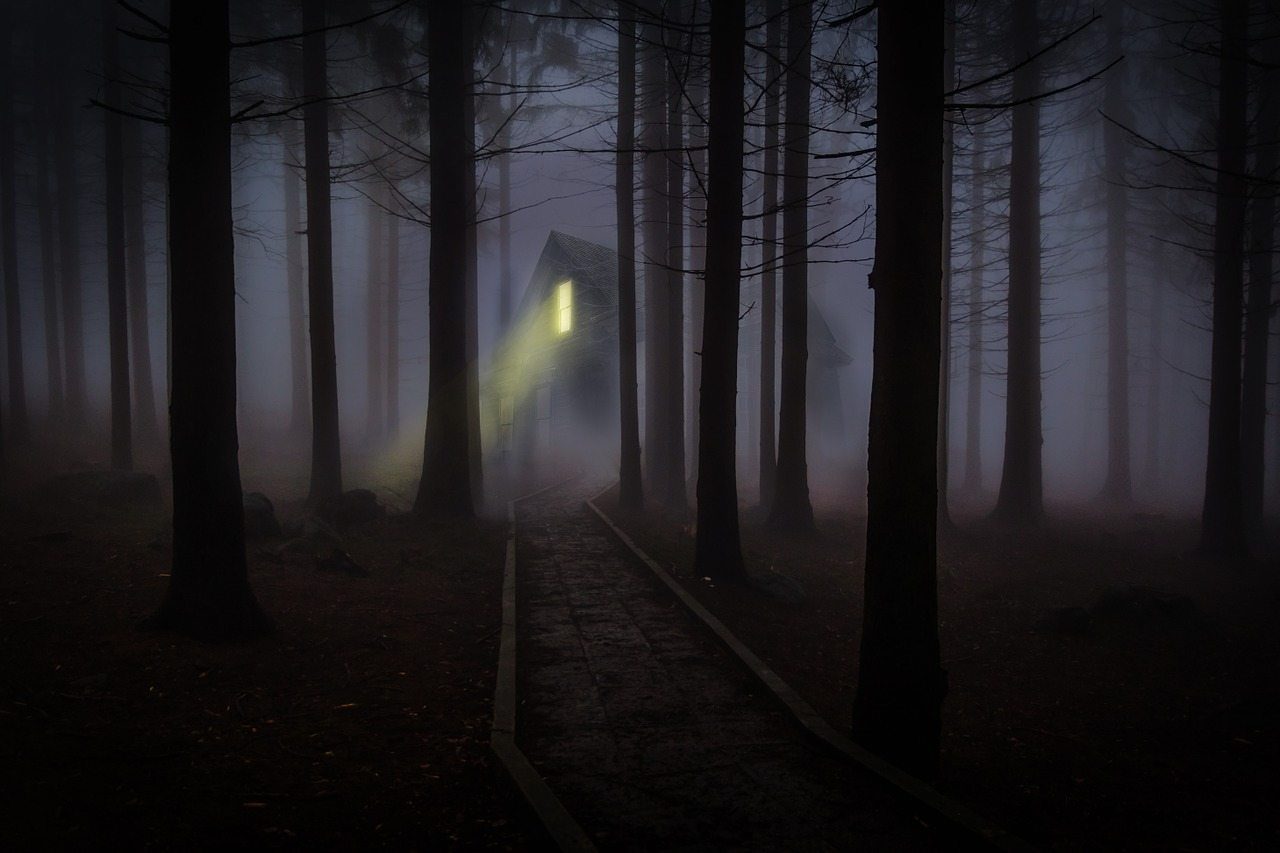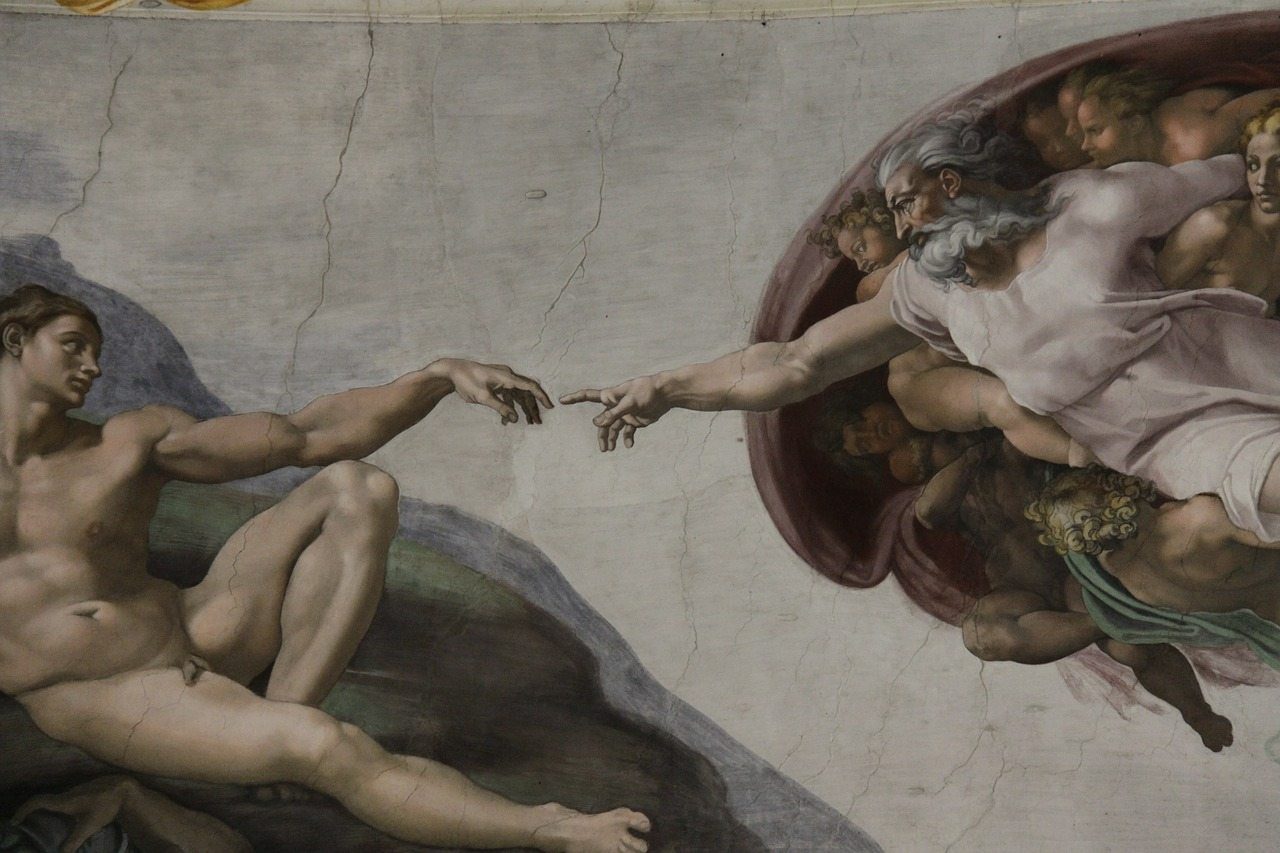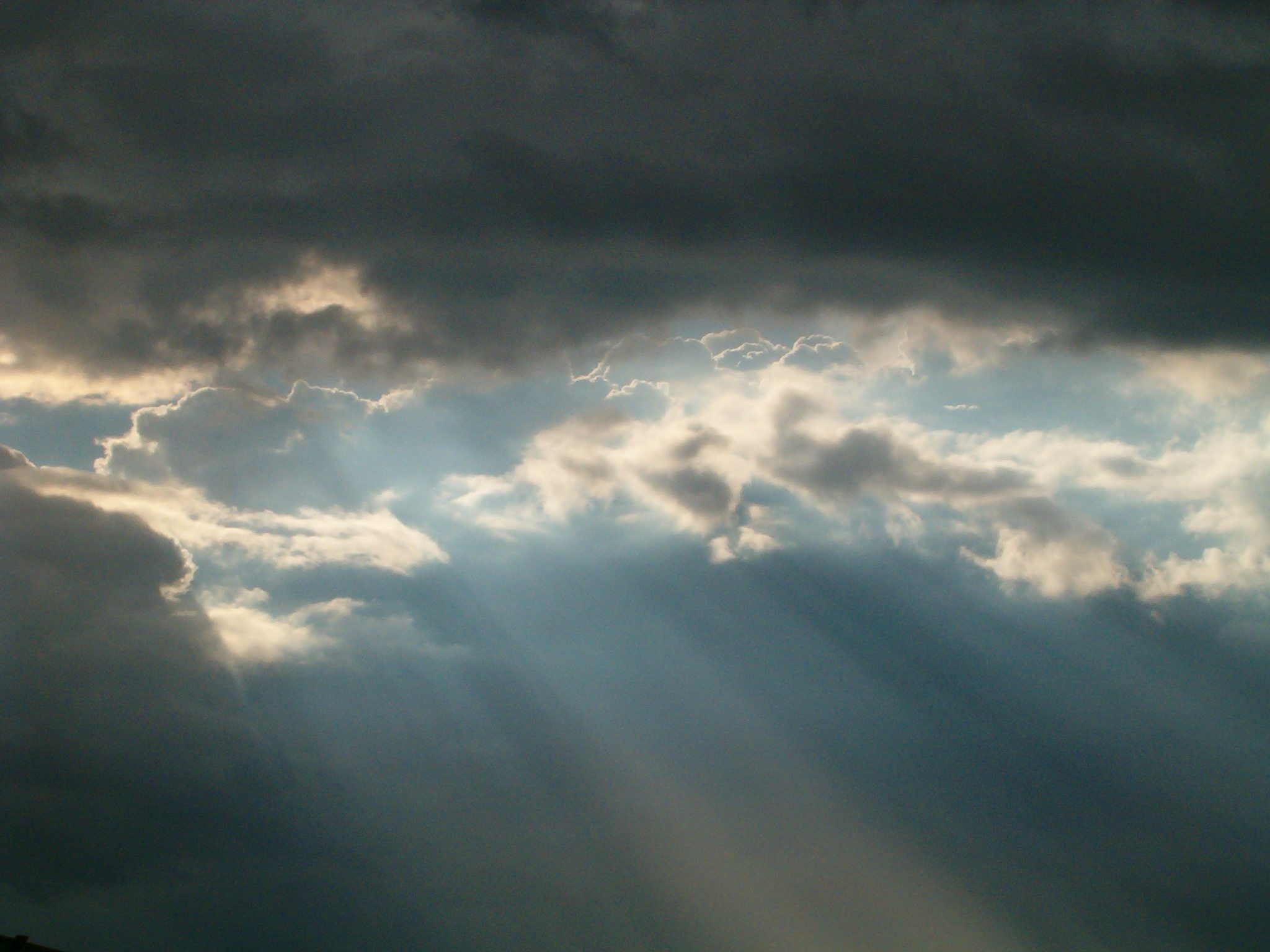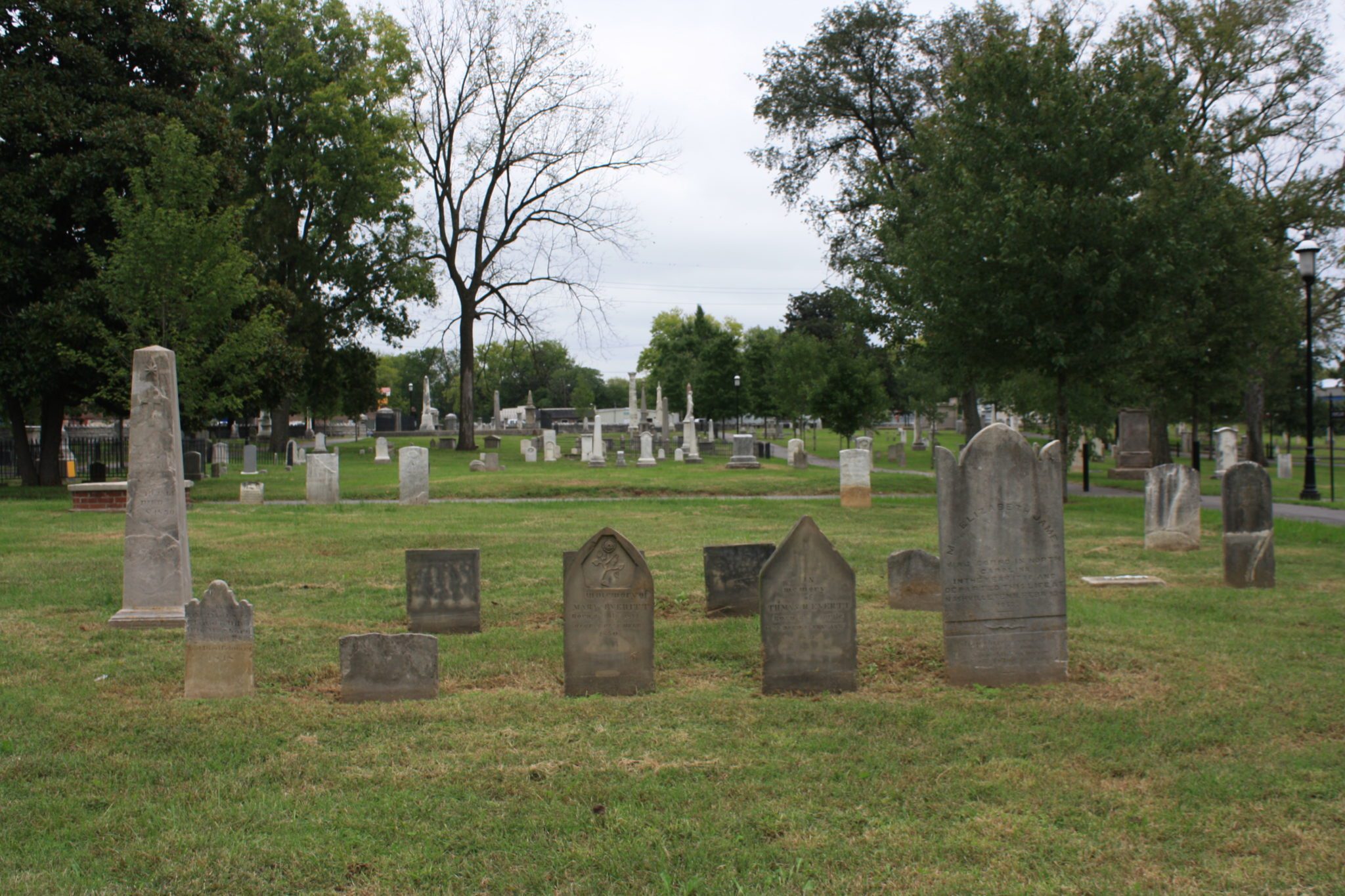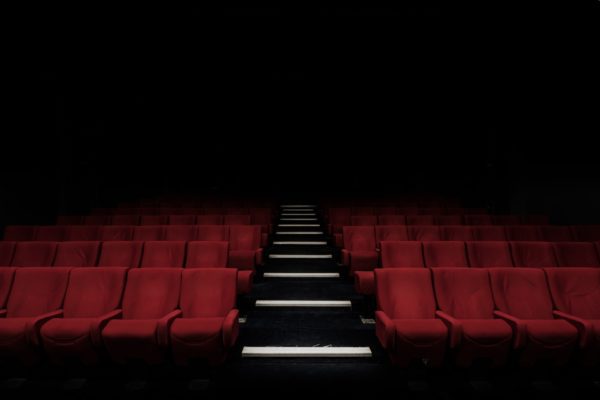
Free Trip to Egypt – Finding Friends
A stranger with a middle-eastern look about him comes up and offers you a free trip to Egypt. What would you be concerned about? Would you take them up on it? Tarek Mounib, born in Canada of Egyptian parents, now living in Switzerland, went to Trump rallies, stood in Grand Central Station, and went on…

